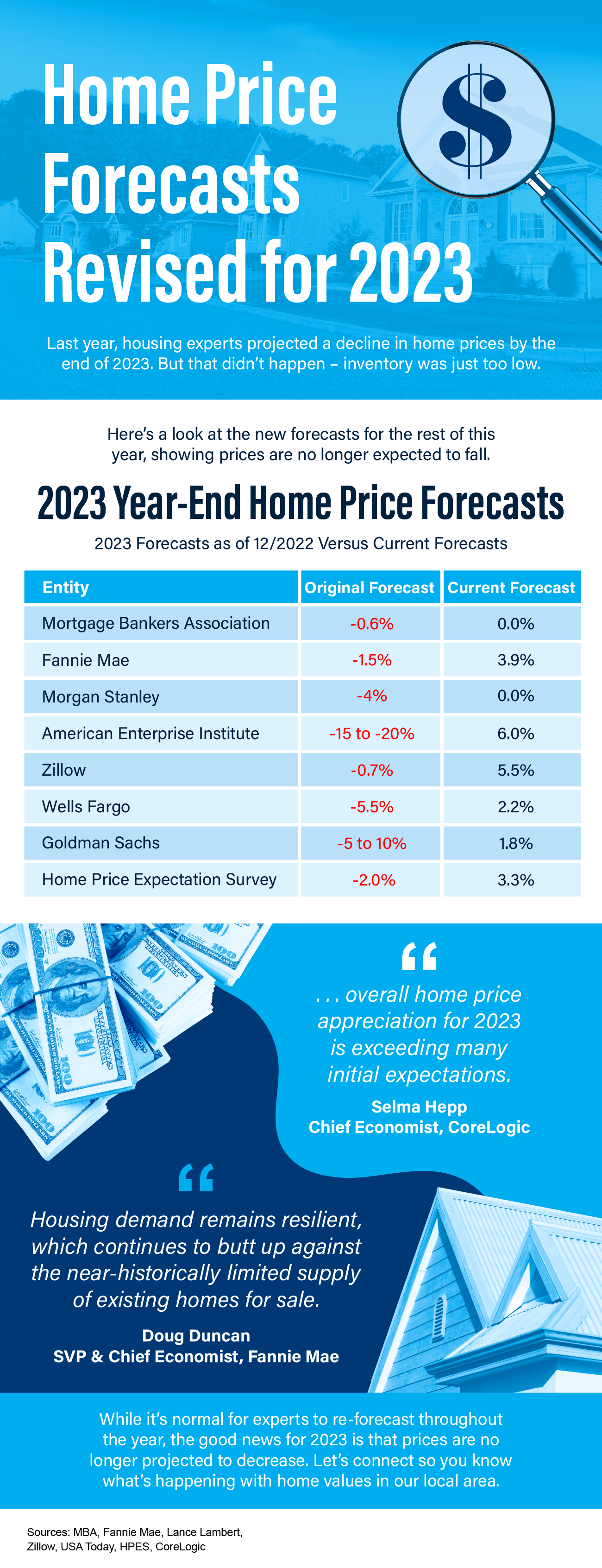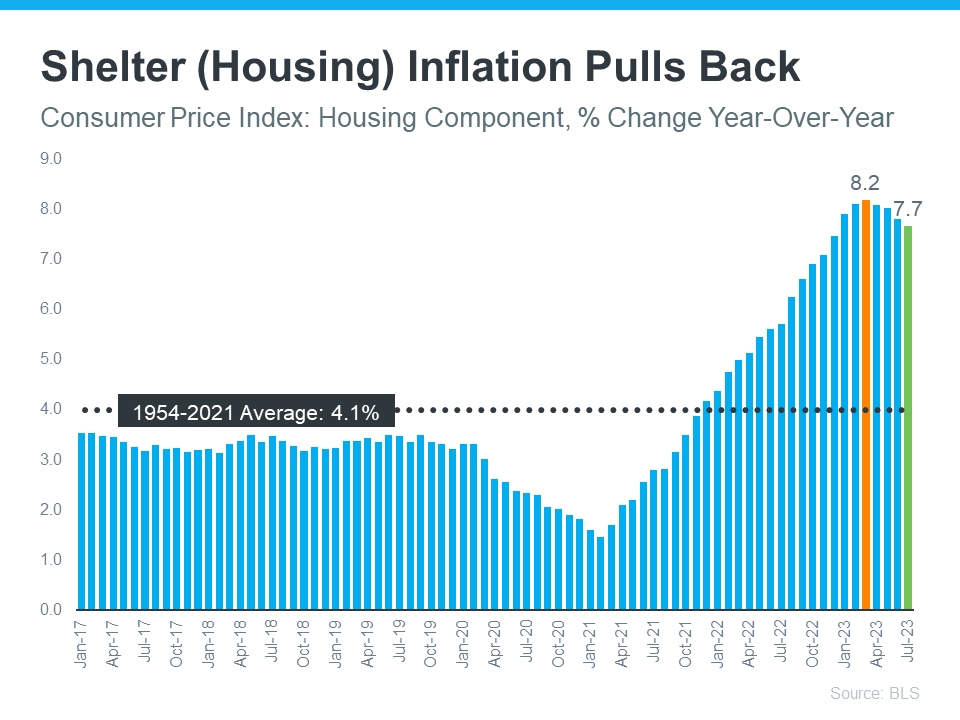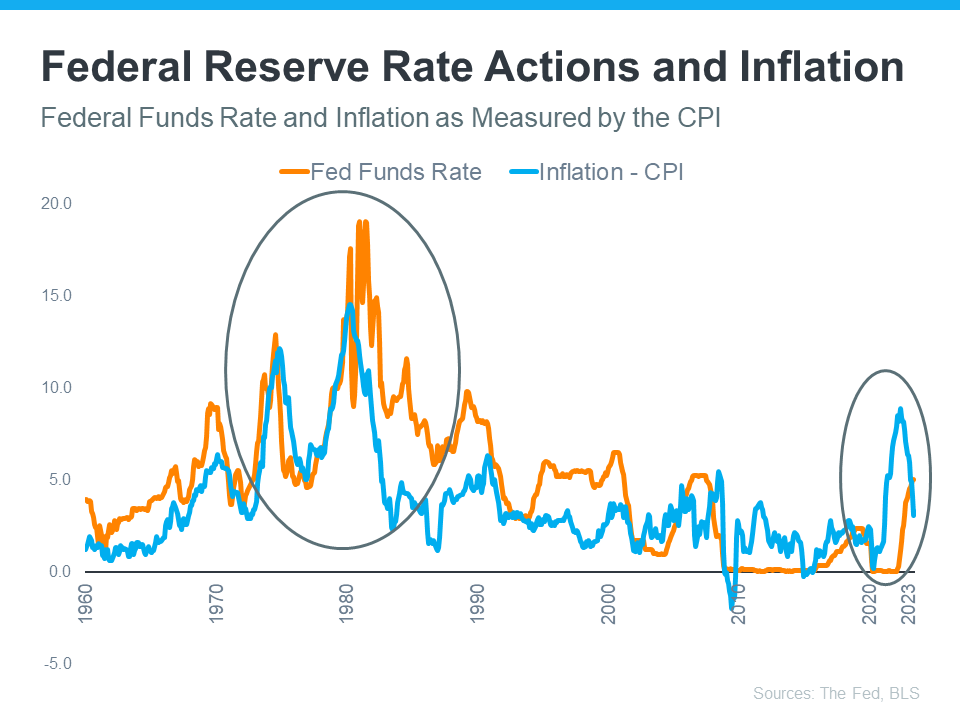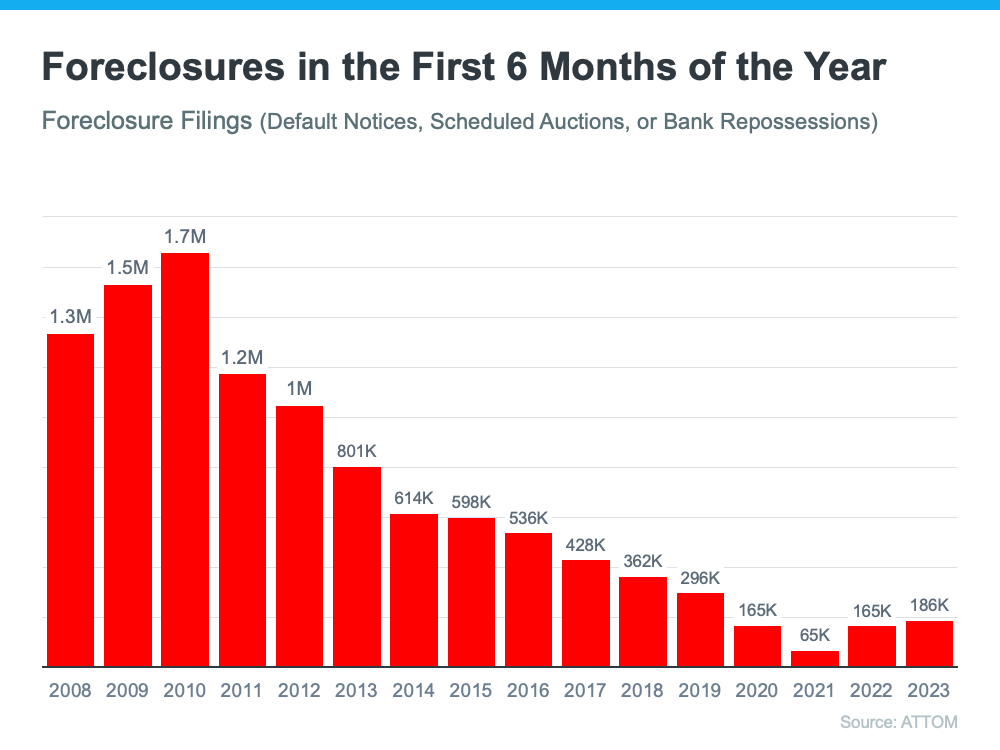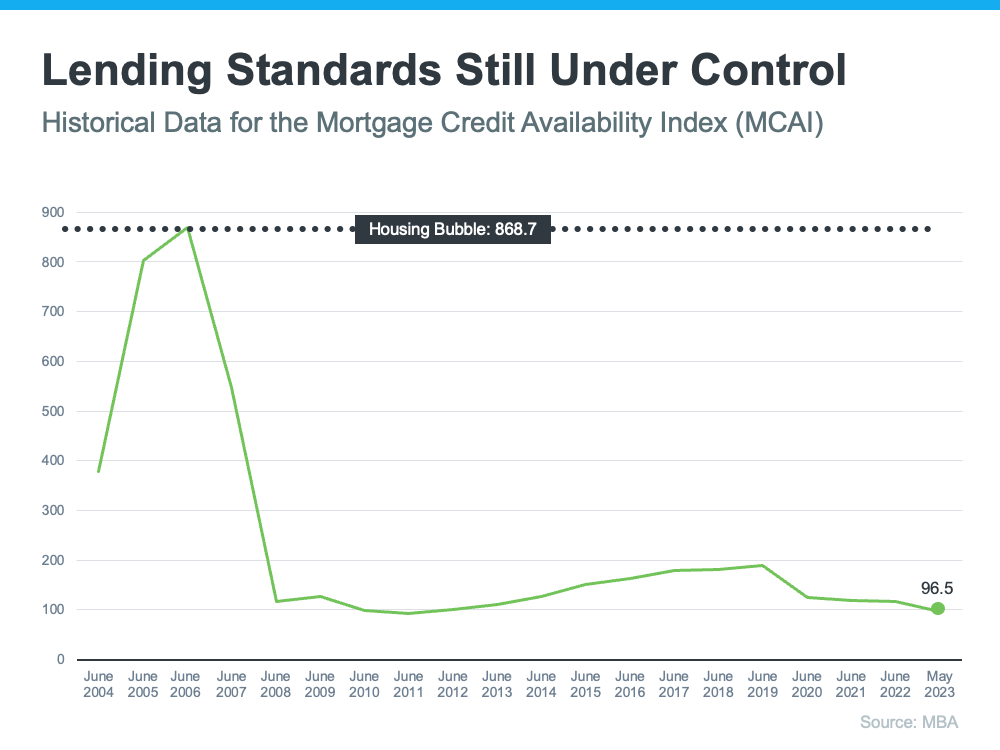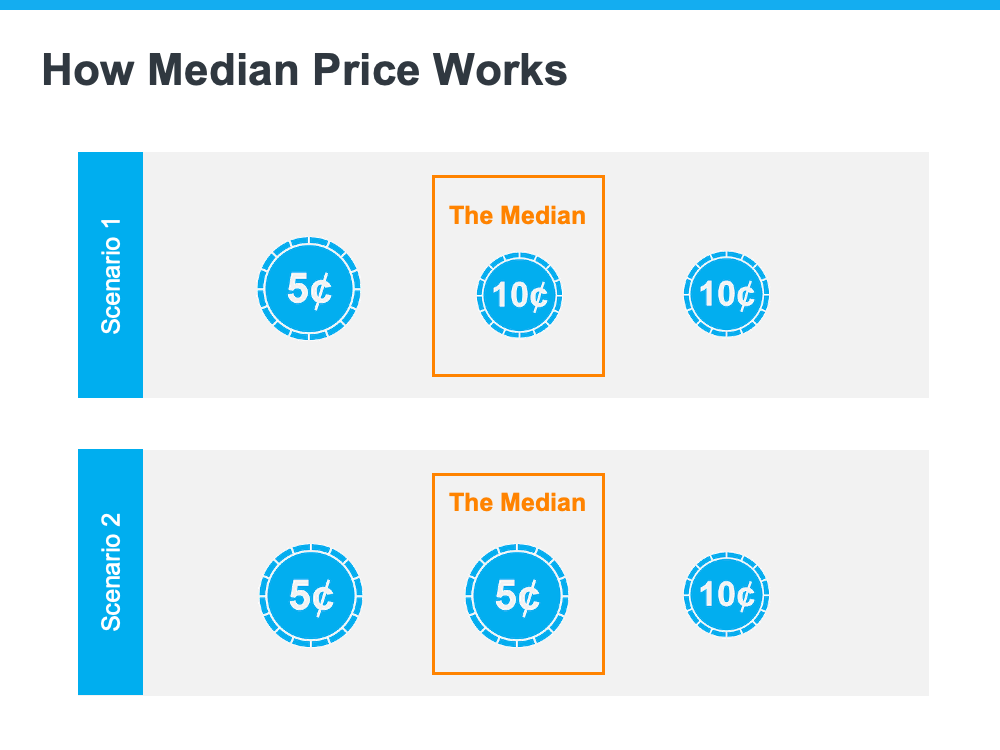Some Highlights
- Last year, some housing experts projected a decline in home prices by the end of 2023. But that didn’t happen – inventory was just too low.
- While it’s normal for experts to re-forecast throughout the year, the good news for 2023 is that prices are no longer projected to decrease.
- Let’s connect so you know what’s happening with home values in our local area.
Sources
- https://www.mba.org/docs/default-source/research-and-forecasts/forecasts/mortgage-finance-forecast-dec-2022.pdf
- https://www.mba.org/docs/default-source/research-and-forecasts/forecasts/2023/mortgage-finance-forecast-aug-2023.pdf
- https://www.fanniemae.com/media/45801/display
- https://www.fanniemae.com/media/48726/display
- https://twitter.com/NewsLambert/status/1671900591113609216 (Morgan Stanley)
- https://twitter.com/NewsLambert/status/1671556169712672768 (AEI)
- https://www.zillow.com/research/data/
- https://www.zillow.com/research/housing-market-challenges-32923/
- https://ustoday.news/a-20-drop-in-house-prices-7-forecast-models-tend-to-crash-here-the-other-13-models-show-the-housing-market-in-2023/ (Wells Fargo)
- https://twitter.com/NewsLambert/status/1686959362563092480 (Wells Fargo)
- https://twitter.com/NewsLambert/status/1691799764466008217 (Goldman Sachs)
- https://pulsenomics.com/surveys/#home-price-expectations
- https://www.corelogic.com/intelligence/us-corelogic-sp-case-shiller-index-down-by-0-5-year-over-year-in-may-but-a-turning-point-may-be-ahead/
- https://view.e.fanniemae.com/?qs=

